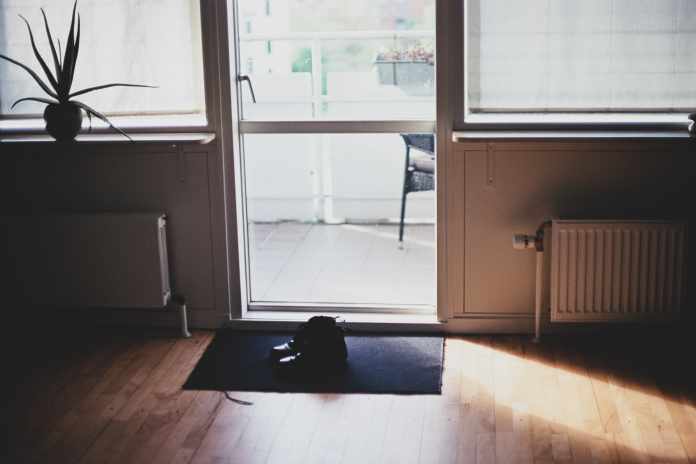When we think of radiators, we think of these big clunky bits of metal that hang on the wall. While most of us get by unencumbered with them working away, there’s always one space at home or at work where a radiator just can’t help but get in the way. It could be that the radiator is right behind a door. It could be that you’re prone to hitting a knee or shin off it if you’re not paying attention when walking by. It could be that you accidentally touch it when hot; all scenarios that could lead you to want to pull a radiator right off the wall.
So what are the hidden ways you can use space to your advantage when replacing old radiators for new ones? Here are some of the hidden features to look out for when buying a new radiator.
Flip it 90 degrees
Radiators are often viewed as a static fixture on the walls and something that can’t easily be adjusted. When you have horizontal radiators getting in the way, is it possible time to quite literally turn things on their side and opt for a vertical radiator or rail?
It’s a simple change that could see you no longer banging the door against the radiator and helping you free up some wall space. I recommend doing it in smaller rooms like an office, study, or dining rooms as these are spaces you want to have room to manoeuvre. Just make sure that a vertical radiator matches the heating requirements for your room.You can get great ideas by exploring UK Radiators’ range of vertical designer radiators.
Check your panels
Do your radiators jut out in a manner which feels like they’re always in the way? It could be the case that you have double panel radiators with greater depth. Radiator depth is one of the most underrated measurements, and something people tend to gloss over. Still, it is essential that you have a radiator which fits in nicely in all directions.
Double panel radiators will always need a wider projection, and if you can allow yourself for more length or height, opting for a single panel single convector radiator, will bring the depth right down. If you’d like to see what one looks like, take a look at some different designs from Trade Radiators.
Change the material
Most radiators are made from steel as it is a good heat retainer. If you have the budget, opting for aluminium radiators can let you get away with choosing smaller radiators. Aluminium can conduct heat faster and let you heat up smaller rooms quickly. Their improved output also means you could opt for smaller sizes to help get radiators out of the way in problem areas.
Go Infrared
Sometimes you need an “out of the box” solution to solve radiator problems. If you have the budget to opt for infrared radiators, you should definitely see an end to radiators getting in the way.
Infrared radiators don’t need to be plumbed in. They need to be plugged in like an electric heater. They are directional, i.e. wherever you put one it will produce and move heat in that direction. Most companies making infrared radiators tend to design them with frosted glass, so they look like an art feature rather than a big cumbersome radiator, allowing anyone to hang a radiator up high on the wall like a painting.
It’s the ultimate way of getting a radiator out the way, while still having a radiator (of sorts) in the room.
Get Savvy at Home
I hope you’ve gleaned some sage advice that can help you find an appropriate solution to your radiator problems. If you want more tips on how to improve everything from spider-proofing your home to what you need for a deep clean, visit the home improvement section of the website.













